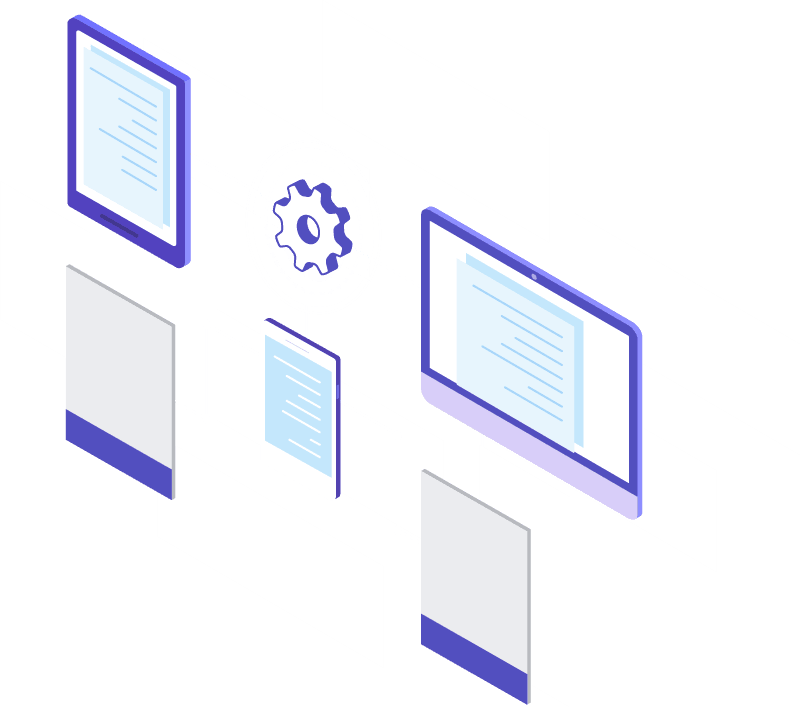Introduction to Web-site Development for Museums and other Heritage Institutions 2 days
Outline
Every museum should have a web-site which is a primary touch-point for all stakeholders and visitors. We all expect that the Web provide us access to everything, and it is largely true that if it is not on the Web it does not exist!
Our preferred web design and content management tool is WordPress (WP), which is the basis for around 35% of every site on the Web. WP provides a solid structure to structure your web site, to create static pages for your site, and also to create news items and other dynamic content using blog posts.
This training workshop is introductory in nature to get you familiar with WP and its core (and free) themes. This is followed by an Intermediate Training Workshop in which we use the Divi framework to create professional sites, and also introduce MailChimp and Social Media linkages to advance the social interactivity of the site.
One important part of this Introductory workshop is the focus on the content which should be placed onto a museum web site, and how you can self-evaluate your web site in terms of best practices and web site maturity models.

Learning Outcome
- Understand the concepts of the Web, and how web servers and web browsers work together.
- Design a web site structure to meet the needs of the museum, and to plan the development of this, with this web structure identifying the types of pages needed and how they interlink.
- Publish content to the web site with a quality control workflow cycle.
- Manage media files, such as images, audio and video and building up a repository of these for usage on the pages.
- Design and Create a front page as a static introduction to the museum, explaining to the users about the museum, what they can find on the web site, and how to gain access.
- Design and Create a range of more detailed pages, such as for exhibitions, collections, publications, education services.
- Plan a blog structure with useful content, and with a scheduled publishing plan, with everyone in the museum responsible for content.
Who Should Attend
Topics Covered
The workshop will cover topics from the following list, adapted to the needs of the institution:
- An Action Learning approach is used, applying the theory back into practical needs at your institution. It is expected that you will bring your specific problems and situations for discussion at the workshop.
- Analysis of your existing web site, and how this can be improved.
- The basis of the Internet and the Web – how does it work.
- The basis of WordPress – what it does, what functions it performs.
- Analysis of existing successful WordPress sites.
- The elements of a best practice web site for museums. Analysis of existing best-practice museum web sites which are developed using WordPress.
- Structuring your home page: deciding what should be on the home page, and what should be delegated to other pages.
- Developing a menu structure.
- Creating footers on the web page.
- Adding pages and posts. Using design features of WordPress. Adding content details.
- Choosing and implementing themes. Customising themes.
- Working with plugins and choosing various plugins to enhance your site. Using the JetPack plugin.
- Search Engine Optimisation (SEO) – how to get your site discovered by the search engines.
- Developing a plan for content management within the museum.
- Use management and access control.
- Applying the settings to customise your experience
Associated Workshops
Project Management for Heritage Institutions (two days)
ETHER Base Training Workshop (two days)
Dr. Roger Layton
Dr. Roger Layton has more than 40 years experience in IT and Heritage. He is in the mission of pursuing eternal heritage and he can assist you in your institution.

